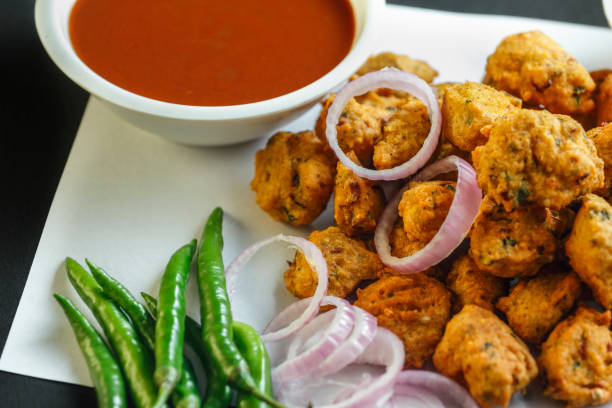
IPES report highlights global hunger crisis amid high debt
Global public debt reached its highest levels in more than 60 years, and many countries had to decide between paying off debts or feeding people, as per the report of the International Panel of Experts on Sustainable Food Systems (IPES-Food) that was released on the 6th of March 2023.
Around 60 percent of low-income countries and 30 percent of countries with middle income were deemed to be in danger in (or are already experiencing) the state of being in.
The poorest nations of the world were able to see the cost of servicing their debts rise by 35 percent in 2022. The report called”Breaking the Cycle of insecure food systems as well as Hunger and Debt, said. In contrast, 62 countries in the developing world have spent more on debt repayments than healthcare expenses during the first year of the COVID-19 epidemic.
As a result of this crisis, by the end of November 2022, 45 nations needed external assistance for food, 349 million people living in these countries faced extreme food insecurity, and 49 million were at risk of starvation.
This highlighted how this food crisis is advancing into an unpredictably dangerous phase — the debt crisis could cause millions more to fall into poverty.
In the face of structurally rising costs for imports as well as future debt repayments, in the near future, a myriad of low-income nations will slowly become less able to tackle the increasing crises they face.
“As debts spiral out of control and the world’s poorest countries struggle to meet the basic needs of their populations, today’s rapidly rising rates of hunger and poverty could soon become a tidal wave, reversing decades of progress, and sparking further instability and conflict,” the authors of the report stated.
Also read: Wheat crisis: Will the February heat cause a steep decline in output this year?
In 2022, poorer countries paid 47 percent of external debt payments to private lenders, 12 percent to China, 14 percent to other governments, and the remaining 27 percent to multilateral institutions like the International Monetary Fund.
In the meantime, Sub-Saharan Africa countries have spent more than $4.8 billion on imports of food in 2022. They also received less food in general.
Africa’s dependence on imports of food has increased by three times in the last decade and has left countries vulnerable to increases in food prices, such as in 2022, “requiring them to earn dollars via export crops to pay down their debts — rather than meeting local food needs.”
The authors suggested that unsustainable food systems were the primary cause of rising levels of debt and hunger.
“Import dependencies, extractive financial flows, boom-bust commodity cycles and climate-vulnerable food systems are combining to destabilise the finances of the world’s poorest countries,” the report said.
Also read: A new pandemic has struck the world: Food inflation
The report called for urgent action to provide debt relief and development finance on a scale to meet the needs of COVID-19 recovery, climate-resilient food systems, and sustainable development goals.
It also called on the policymakers to fix “historical injustices which have left countries that funnel profit and exports into the world’s North via the tax on profiteers from food and other steps to ensure equitable taxation and climate justice as well as the repayment of ‘ecological’ as due to historic debts.
Each time I purchase tamarind, my mom reminisces about how this sour-poached fruit was a scarce commodity for her family in the western region of Uttar Pradesh. As a youngster, after consuming its sweet pod that was ripe, she would even eat the seeds after roasting them overnight in the ash of the chulha (stove).
The smooth, shiny brown seeds of the tamarind ( Tamarindus indica) are somewhat almond-like in flavor but with a hint of bitterness. Raw seeds can be a bit bitter and hard to chew due to the hard coating that surrounds the kernel.
So roasting them over the fire, as my mom used to do, was the standard method for preparing seeds. Then, they are blasted gently with a mortar and pestle to ensure that the broken coat is removed. Modern households, however, do not have the hassle of making the seeds by using kernel flour, which is readily accessible in the market.

